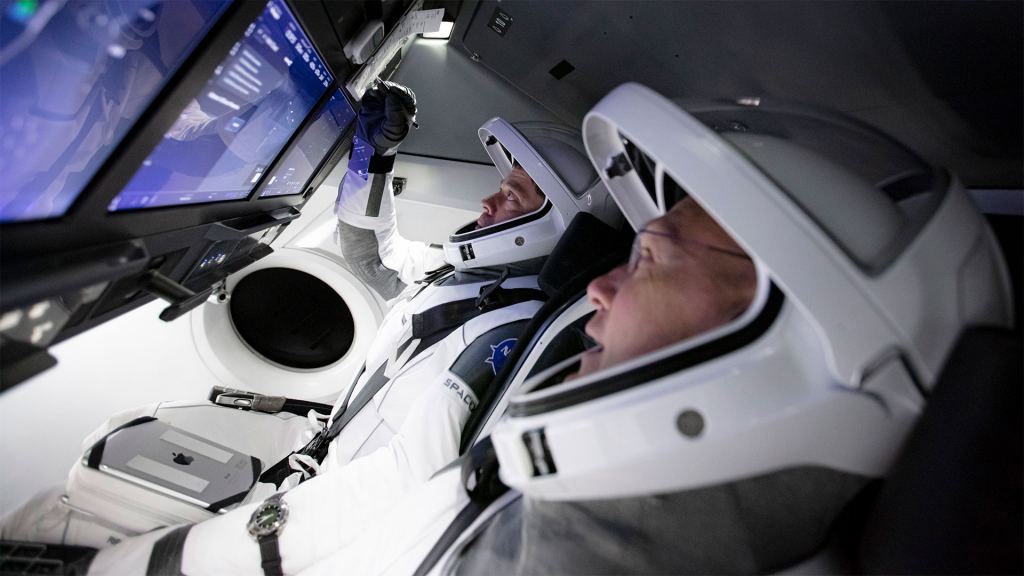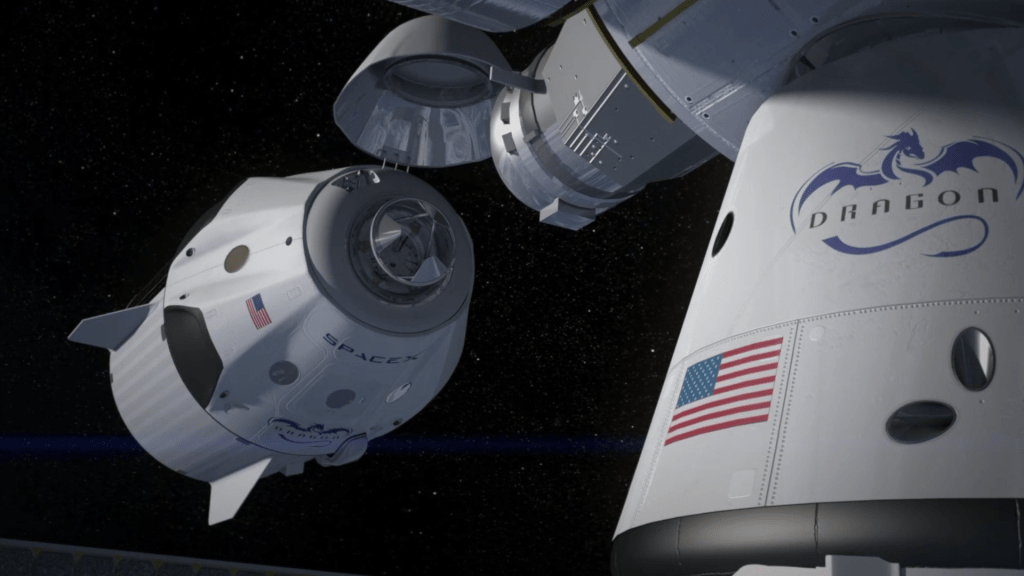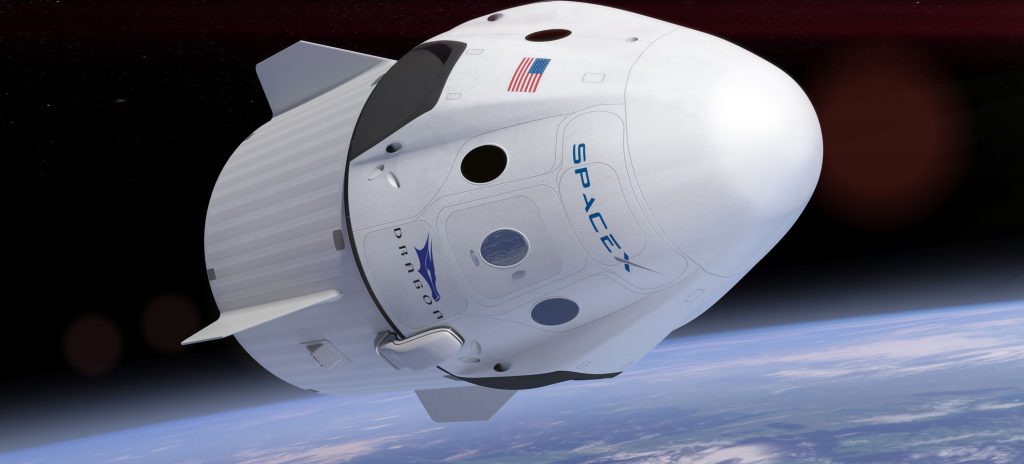For the purpose of restoring domestic launch capability to US soil, NASA launched the Commercial Crew Program (CCP) in 2010. Alongside its commercial partners, Boeing and SpaceX, the focus of this program has been to develop crew-capable spacecraft that could deliver payloads and astronauts to the International Space Station (ISS), something NASA has been unable to do since the retirement of the Space Shuttle in 2011.
On May 30th, 2020, the CCP fulfilled its purpose as SpaceX’s Crew Dragon spacecraft was launched atop a Falcon 9 rocket and successfully delivered two astronauts (Robert Behnken and Douglas Hurley) to the ISS. Looking ahead, NASA and SpaceX have modified their contract agreement, which gives the company permission to use previously-flown Crew Dragon spacecraft and Falcon 9 boosters to send NASA astronauts to the ISS.
This represents a modification to SpaceX’s Commercial Crew Transportation Capability (CCtCap) contract, which includes the final design, development, test, and evaluation activities necessary to gain NASA certification. SpaceX received their CCtCap contract on September 16th, 2014, as part of phase II of the $9.6 million Certification Products Contract (CPC) they were awarded by NASA in December of 2012.

As NASA spokesperson Stephanie Schierholz reportedly told SpaceNews:
“In this case, SpaceX has proposed to reuse future Falcon 9 and/or Crew Dragon systems or components for NASA missions to the International Space Station because they believe it will be beneficial from a safety and/or cost standpoint. NASA performed an in-depth review and determined that the terms of the overall contract modification were in the best interests of the government.”
Originally, SpaceX had planned on using new Crew Dragon spacecraft and Falcon 9 boosters for each individual launch for NASA. This is what occurred during the Demo-2 mission, where both the Crew Dragon and Falcon 9 booster were both entirely new. The same will take place for Post-Certification Mission 1 (PCM-1 or Crew-1), which will take place on Aug. 30th (barring delays).
According to Schierholz, the first time the Crew Dragon will be reused will take place sometime in 2021, as part of Post-Certification Mission 2 (PCM-2, or Crew-2). Boeing, in contrast, indicated long ago that they would be refurbishing their CST-100 Starliner spacecraft between missions and then reusing them. At this point, all CCP contractors will be reusing their spacecraft.

This decision was “bilateral”, according to NASA, and builds on previous agreements involving the cargo Dragon spacecraft. As part of their Commercial Resupply Services (CRS) contract (where the cargo Dragon was used to perform resupply missions to the ISS) SpaceX received NASA approval in 2017 to use previously-flown Dragon spacecraft as well as Falcon 9 boosters.
SpaceX previously stated it planned to reuse the version of Crew Dragon that it will use for missions under its new CRS contract, starting later this year. That vehicle is similar to Crew Dragon but lacks some internal systems needed for crewed flights, as well as the SuperDraco thrusters for Crew Dragon’s launch abort system. The company estimates each cargo spacecraft should be able to make five flights.
Hans Koenigsmann, the VP of Mission Assurance at SpaceX, stated back in March (prior to the final mission involving a cargo Dragon), the company could use an individual Crew Dragon spacecraft as many as six times. In addition, the company has been clear from the beginning that they intended for the Crew Dragon to be entirely reusable.

By allowing the company to fly previously-flown spacecraft for them, NASA is expressing confidence in SpaceX’s safety record. Another modification to their CCtCap contract included a formal extension of the Demo-2 mission. Whereas astronauts Behnken and Hurley were originally scheduled to spend two weeks in space, they will now be up there for as many of 119 days.
During that time, Behnken and Hurley will be taking part in the operations of Expedition 63 aboard the ISS, which will include two scheduled spacewalks. The first spacewalk, by Behnken and Exp. 63 commander Chris Cassidy, took place today from 07:35 a.m to 02:20 p.m. EDT (04:35 a.m. to 11:20 p.m. PDT). The recap can be watched on NASA TV.
The second will take place on July 1st, 2020, and will once again involve Cassidy and Behnken conducting an EVA that will last up to 7 hours – from 07:35 a.m to 02:35 p.m. EDT (04:35 a.m. to 11:35 p.m. PDT).
Further Reading: SpaceNews

